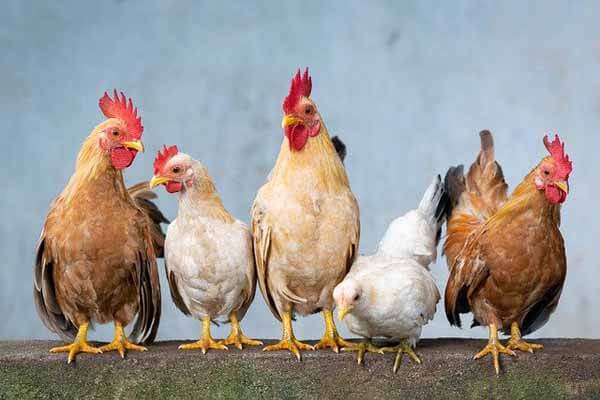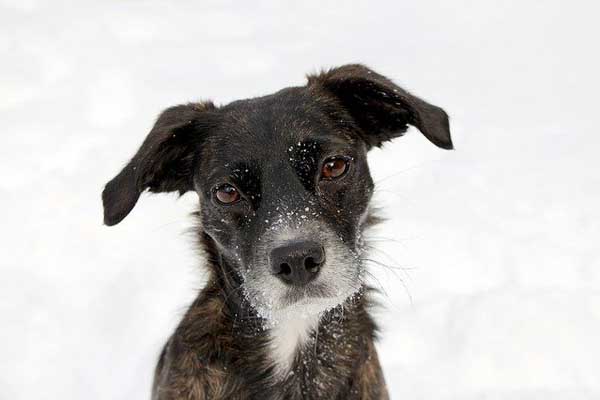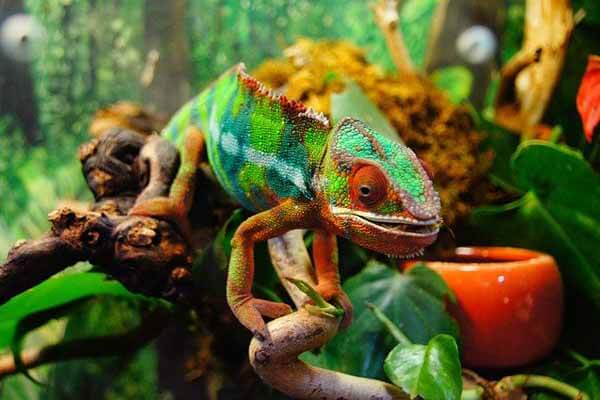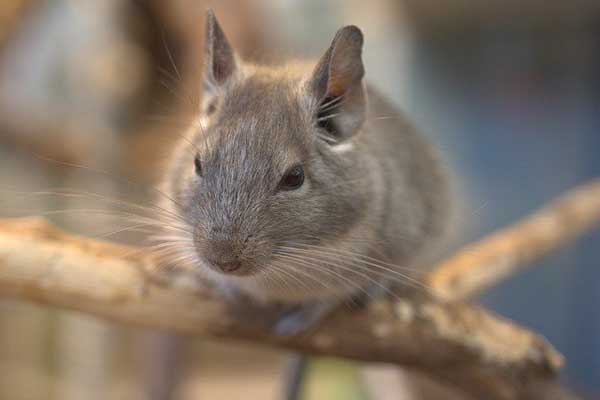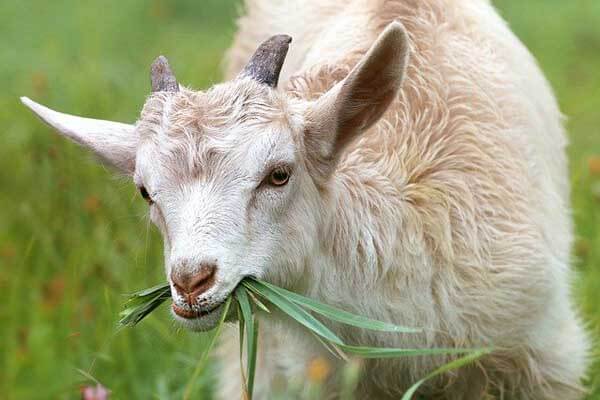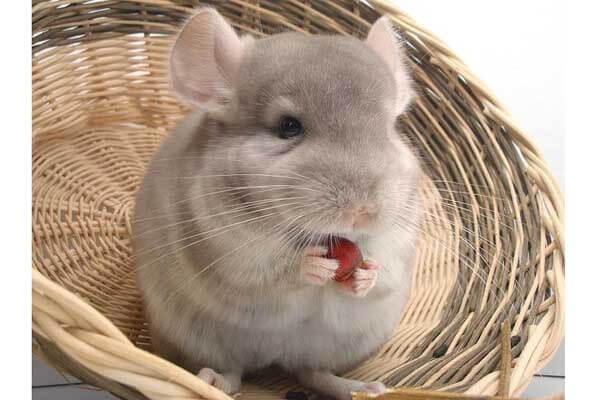Keeping guinea pigs at home is very common.
To live a pet you need to create comfortable conditions and choose the right food.
To ensure a normal life and maintain the health of guinea pigs should be fed such food that they could eat in their natural habitat.
In this article, we will consider what guinea pig eats in a home environment, when and how to feed it, what should and should not be given, the description of feed, the diet of pregnant females and newborn babies.
What kind of food to give the guinea pig
Guinea pigs eat different foods and greens. On the advice of experienced professionals, the pet’s diet should be varied and balanced. ½ of the total menu should be hay. The remaining 50% of the diet is dry food, juicy food, and greenery.
Dry food
Dry food includes cereals and granular mixtures of factory production (special food for guinea pigs).
Useful grain fodder:
- millet;
- barley;
- sunflower seed;
- oats;
- corn kernels.
Ready mixes may include vitamin complexes.
Cereals should be in the diet of guinea pigs daily and are always available for your pet.
Hay and branches
Hay is the most useful and necessary product for guinea pigs. It improves the function of the digestive tract and prevents the development of intestinal diseases, as well as promotes stiffening of back teeth.
What hay to give your pet:
- Fresh, with the natural smell of grass;
- cleaned from dust and other impurities;
- small bundles (you can pre-cut or roll it);
- without coarse and large twigs.
This food should also be given to guinea pigs every day. You can make your hay or buy it ready to go to the store.
Green fodder
Another important product in the diet of guinea pigs is green food. This is meadow or field grass grown in ecologically clean areas (far from polluted road sections).
Green herbs contain many useful and nutrients necessary for the healthy work of guinea pigs. Also, these animals eat fresh herbs with pleasure, as well as no less useful herbs – spinach, dill, parsley, celery, salad leaves, etc.
Useful green fodder for guinea pigs:
- plantain leaves, dandelion leaves;
- clover;
- cilantro;
- carrot loaf;
- milfoil;
- chamomile, etc.
Juicy Feed
The juicy food for guinea pigs includes fruits and vegetables, as well as some berries, served to the pet as a tasty treat.
What juicy foods can be given:
- beets (fodder, red);
- fresh cucumbers;
- cauliflower and Brussels cabbage;
- carrots;
- sweet pepper;
- earth pear tubers and leaves;
- apples;
- garden milk thistle;
- corn cobs;
- zucchinis;
- tomatoes;
- grapes (without seeds only);
- pumpkin;
- peas green.
As a delicious dessert pets can sometimes spoil the berries of raspberries, strawberries, currants and strawberries, and mandarins, which are rich in vitamin C.
Delicacies and vitamins
The body of guinea pigs especially needs vitamin C, so the daily diet of rodents must be present products rich in ascorbic acid. Salts and calcium are also important to them. To saturate the body with useful minerals, it is recommended to use special mineral stones from the store.
Useful delicacies for guinea pigs:
- dried fruits;
- fruit slices;
- wheat bran;
- fresh cherry twigs;
- mint;
- pea pods;
- peeled linseed, sesame, pumpkin, and sunflower seeds.
How to feed pregnant guinea pig and newborn babies?
Pregnant rodents need quality and complete nutrition. Very useful for the body rosehip, which is served to pets as an infusion. The daily diet should also include wheat germ plants, beets, and fresh carrots.
In the diet of newborn pigs should be foods rich in vitamins and proteins. In the first two weeks, the babies are fed with mother’s milk. If it is absent, the owner will have to feed the young offspring, it is better to consult a veterinarian.
Already from the second day of life the little guinea pigs begin to try different foods, so it is necessary to ensure the availability in the cage:
- Juicy;
- Green;
- Production fodder.
List of allowed products
The diet of guinea pigs is based on products such as vegetables, fruits, berries, garden and meadow herbs, seeds, branches of trees, and shrubs.
Healthy and safe food for guinea pigs:
- Vegetables – cucumber, carrot, beet, pumpkin, fennel, zucchini, turnip. In small quantities, you can treat your pet to bell peppers, tomatoes, artichokes, cauliflower, pants.
- Fruit – seedless grapes, plums, apples, pears. Bananas, peaches, apricots, watermelon, melon, kiwi, pineapples, oranges, and mandarins are served in small quantities.
- Berries – currants, raspberries, blueberries, cherries, cherries, strawberries. In limited quantities – gooseberry, sea buckthorn, blackberry, cranberry, mountain ash.
- Garden greens – salad leaves, dill, celery, germinated grains of cereals, carrot, beet, corn cobs. In limited quantities – cilantro, spinach, parsley.
- Meadow greens – nettle, clover, yarrow, alfalfa, plantain, sage, Echinacea, burdock, chamomile. Thistle, mother and stepmother, dandelion, St. John’s wort, wormwood, Ivan tea are served in small quantities.
- Flax seeds are useful. Sesame seeds, dill seeds, pumpkin seeds, and sunflower seeds are used in limited quantity.
- Useful branches of bushes and trees – birch, mulberry, hazelnut, pear, raspberry, ash, hawthorn, blueberry, maple, and cherry. Sometimes you can spoil your pet with branches of chestnut, cherry, aspen, apricot, cherry, willow, poplar, and mountain ash.
- In small amounts, it is not often possible to feed the rodent with green peas and asparagus.
What you can’t feed a guinea pig
There is a list of harmful products, which is categorically impossible to feed guinea pigs. They are useless for their body, and some of them can cause serious health problems.
What should not be given to the rodents:
- Forbidden vegetables: radish, radish, onions, potatoes, eggplants, garlic, horseradish.
- Harmful fruits: dates, persimmon, lemon, lime, pomegranates, and grapefruits.
- Do not feed the pet sorrel, green rhubarb, green feathers of onions, garlic, as well as lavender, motherwort, celandine, belladonna, coil, valerian, rosemary, fern, wasp, and hemp seeds.
- Fir, quince, oak, pine, and spruce branches are forbidden to feed rodents.
- Beans and boiled peas are not allowed to be given from bean products.
- Forbidden in any form of meat and dairy products, eggs, sweets, and bakery products.
- It is also forbidden to give guinea pigs products from your table, poor quality food, spoiled and stale food, green plants, canned food, spices, mushrooms, and fruit stones.
Diet of guinea pig
Grain and granular forages
This type of diet is based on cereals and finished feed, containing all necessary vitamins and mineral supplements for healthy growth and development of domestic rodents.
Features of the diet:
Purchase for guinea pigs only needs quality feed from proven manufacturers. Cheap food contains many harmful and unnatural components that can cause serious health problems.
Dry food must be supplemented with wet, juicy food.
There should always be clean drinking water in the free access of your pet.
It is not desirable to feed low-calorie food to inactive rodents.
Advantages of nutrition: ready-made food has a solid structure, which helps the animal to grind teeth, convenient use of food, no need to prepare special food for the rodent.
Disadvantages: it is necessary to constantly buy food for your pet and always have a certain stock of food in the house.
On the site of our store, you can choose and buy quality industrial food for guinea pigs from reliable world manufacturers. The range includes cozy cages for rodents, comfortable drinkers, special toilets with nozzles, various accessories for games, and much more.
Organization of guinea pig nutrition
Guinea pigs need to be fed correctly, preventing overeating and obesity of the pet. The number of servings is determined by the type of diet and age of the animal.
Quantity and quality of food
The amount of daily portion of grain-free food – up to 30% of the total body weight of the pet. After feeding the food is removed from the cell. Only hay and young branches of shrubs or trees can be left in the free access.
One serving of cereal food for an adult pet – 1/2 tablespoon. In addition to dry food, rodents can be spoiled with pieces of fruit and vegetables in small quantities.
All food served to the home rodent, must be fresh and of high quality. Under no circumstances should you give your pet tainted vegetables or fruit. Such food may cause serious poisoning.
The dosage of food is doubled when feeding pregnant guinea pigs. The diet should be given more juicy and green food, rich in useful vitamins and mineral complexes.
How many times a day to feed guinea pigs
Grain feeding is served no more than 2 times a day. It is desirable to observe the feeding regime and give food at the same time. Under-eaten dry food can be in the trough of the pet permanently.
Water for guinea pigs
Pure drinking water should always be in the drink of domestic rodents. An adult pet can drink up to 250 ml of liquid per day. Even more, water is drunk by pregnant guinea pigs.
Pet rodents should be given filtered or bottled clean water. For convenient and safe storage of the liquid in the cage, it is recommended to use a special closed drink, which does not get dust and other debris. In contaminated water can breed pathogens that are not safe for the animal body.
Guinea pigs must not be given any sweet, carbonated, or dairy drinks. You can drink your pet only with ordinary and not boiled water!
Can Guinea Pigs Eat Gooseberries?
Guinea pigs can eat gooseberries, but the amount they consume is limited. These small berry fruits contain lots of sugar and calories, so you need to limit their intake to once or twice a week. Fortunately, gooseberries are high in Vitamin C, which helps build the immune system. They also contain calcium, phosphorus, and a hint of fat. They should only be fed once or two gooseberries a week, so you can avoid the potential for obesity and raised blood sugar.
Gooseberries are an excellent treat for guinea pigs. They are safe to feed in moderation, and the fruit is a good source of vitamin C and a good source of fiber. However, excessive consumption may be harmful to your guinea pig’s health. For this reason, it is advisable to give your guinea a portion of these berry treats every month.
Gooseberries are rich in antioxidants and Vitamin C, so they’re safe for guinea pigs. But they shouldn’t be overfed, as they can lead to digestive problems. Despite their popularity, it is best to limit gooseberry feeding to only a few times a week. While these berries are very healthy for guinea pigs, too much feeding can lead to gastrointestinal issues.
While gooseberries are high in sugar, you should only give guinea pigs a small portion once or twice a week. You can also feed them the skin of a few pieces of a cantaloupe each day, or half of a banana a few times a week. These foods can also be dangerous for your guinea pigs. They can even develop allergic reactions if you give them large amounts of these products.
While you may be wondering, can guinea pigs ingest gooseberries? While the berry is considered a vegetable, it contains seeds that are not good for guinea pigs. It should not be eaten if it is in its ripe state, as it can burn and irritate its digestive system. Nevertheless, you can feed it with fresh ones.
Although most berries can be eaten by guinea pigs, it is best to keep in mind that the berry’s name does not define the fruit. A berry is an edible fruit that contains a “berry” in its name. While this is not strictly true, a berry is an edible fruit, but it is a melon, so it cannot be fed to a guinea pig.
Guavas and pineapples are safe for guinea pigs to eat. They contain a moderate amount of Vitamin C and potassium. Some guinea pigs will even eat the seeds of a banana. It’s a good idea to leave a few guavas out and keep them away from the rest of the fruit. They will appreciate guavas more than they would a banana.
Some guinea pigs have limited tolerance for fruit, so it is important to understand their natural diets. They are herbivorous animals, so their diets should mimic their natural diet as closely as possible. They should eat timothy hay and natural pellet food, which is high in fiber and high in vitamins. A small number of guinea pigs can eat gooseberries once or twice a week, but they should only eat a couple a week.
Blackcurrants are high in copper and pantothenic acid, which help to build red blood cells in the guinea pig. Ample iron and zinc are also found in the fruit, which prevents anemia and fatigue. The guinea pig can eat a lot of blackcurrants in their diets, but they need to be limited to a medium-sized piece a week.
Gooseberries are high in Vitamin C, fiber, and antioxidants. They help improve a guinea pig’s eyesight and promote bone health. They contain a lot of calcium and phosphorus and can be eaten once or twice a week. Grapes, however, are high in phosphorus, so be cautious about feeding your guinea berries.
